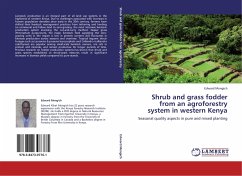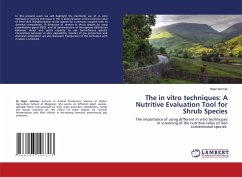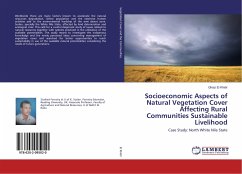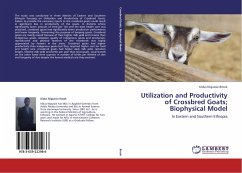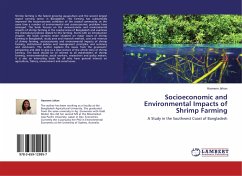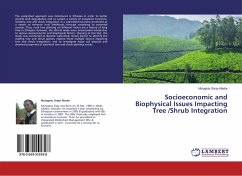
Socioeconomic and Biophysical Issues Impacting Tree /Shrub Integration
Versandkostenfrei!
Versandfertig in 6-10 Tagen
27,99 €
inkl. MwSt.

PAYBACK Punkte
14 °P sammeln!
The watershed approach was introduced in Ethiopia in order to better control land degradation and to sustain a variety of ecosystem functions. Similarly, tree and shrub integration in a watershed has been promoted as a means to enhance rural livelihoods through sustaining its potential services. Thus, rural tree planting on different niches are a history of long time in Ethiopia. However, the efforts made were unsuccessful mainly due to various socioeconomic and biophysical factors. Owning to this fact, this study was conducted at Borodo watershed, Dendi district to identify the existing tree ...
The watershed approach was introduced in Ethiopia in order to better control land degradation and to sustain a variety of ecosystem functions. Similarly, tree and shrub integration in a watershed has been promoted as a means to enhance rural livelihoods through sustaining its potential services. Thus, rural tree planting on different niches are a history of long time in Ethiopia. However, the efforts made were unsuccessful mainly due to various socioeconomic and biophysical factors. Owning to this fact, this study was conducted at Borodo watershed, Dendi district to identify the existing tree and shrub species, explore those multiple factors impacting tree and shrub integration, and to investigate major soil physical and chemical properties of potential tree and shrub planting niches.




